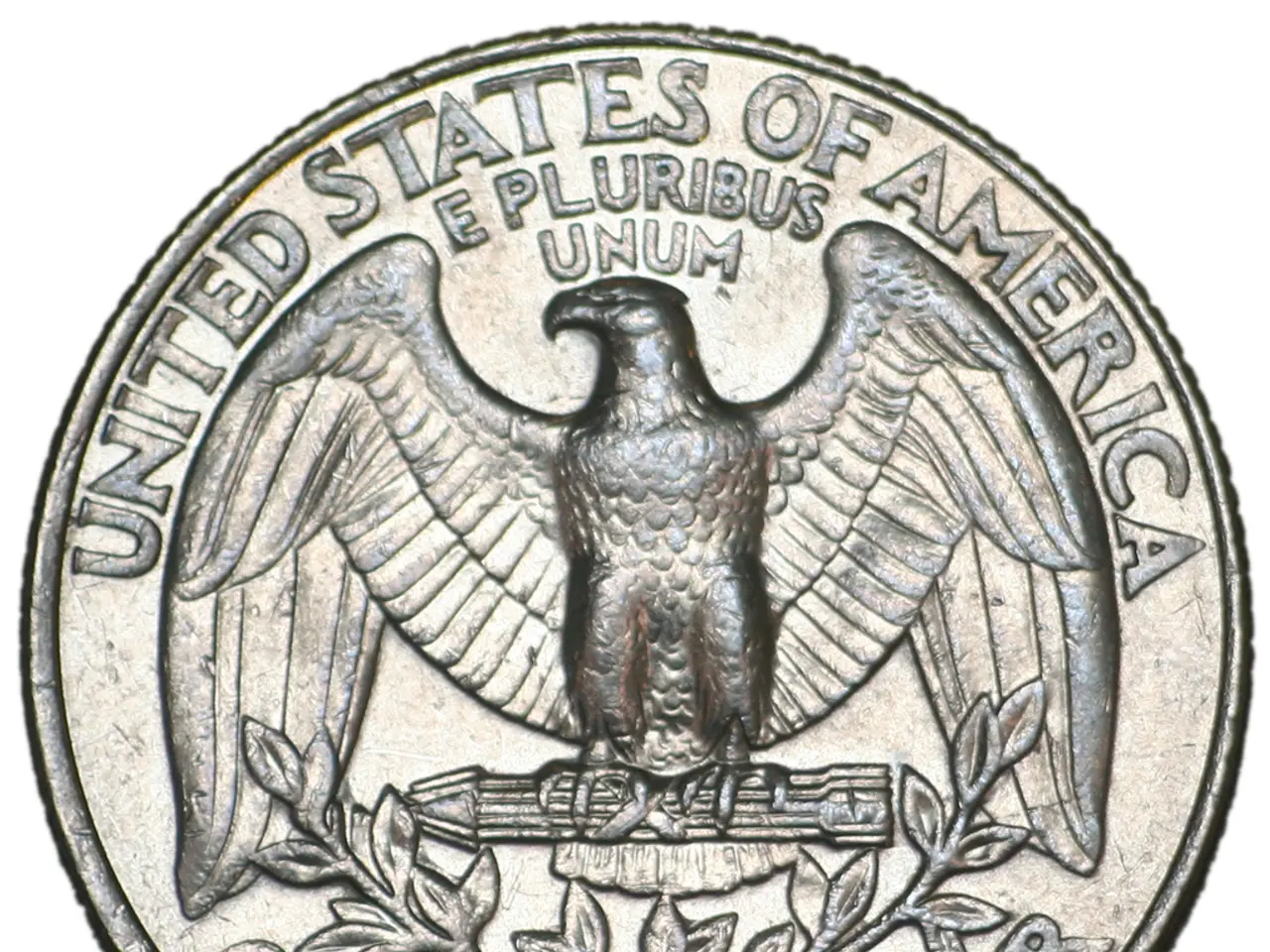Space hurricanes, a real phenomenon, cause more destruction than previously realized
In the vast expanse of space, a new contender has emerged, swirling above the poles and causing quite a stir in the scientific community. These are not your typical hurricanes, but rather, magnetospheric hurricanes - large-scale, swirling plasma storms occurring in the Earth's magnetosphere.
These plasma vortex storms resemble terrestrial hurricanes in their spiral shape and dynamics, but they are composed of charged particles trapped by Earth's magnetic field. They form when strong solar wind disturbances and magnetic reconnection events cause plasma and magnetic field lines to swirl in the magnetosphere.
These magnetospheric hurricanes have a significant impact on Earth's magnetic field, inducing changes and disturbances. The processes of magnetic reconnection alter field line configurations and energize particles, leading to geomagnetic storms that can cause fluctuations in the magnetosphere and ionosphere.
One of the most affected systems is the Global Positioning System (GPS). Magnetospheric hurricanes and associated geomagnetic storms can significantly disrupt GPS accuracy and reliability. The storm-driven energetic particles and disturbed electric and magnetic fields interfere with the ionosphere, where GPS signals travel, causing delays, signal loss, or degradation in positioning accuracy.
These ionospheric irregularities affect the propagation of GPS radio waves, leading to errors in timing and location data. Recognizing hidden storms like plasma hurricanes could be key to keeping our systems safe, even when the sun looks quiet.
The study of these plasma hurricanes is of utmost importance as our reliance on stable signals in GPS, satellite communications, and polar aviation continues to expand. The team turned to ground and satellite data from the Canadian High Arctic Ionospheric Network (CHAIN) to understand the 2014 plasma hurricane's activities.
The 2014 plasma hurricane was spotted in imagery from the U.S. Defense Meteorological Satellite Program (DMSP). Two satellites, DMSP F17 and the European Space Agency's Swarm B, collected data on the 2014 plasma hurricane, showing an active, swirling system in Earth's ionosphere.
The large spiral pattern of the 2014 plasma hurricane, centered over the magnetic north pole, with curved arms and a dark central "eye," glowed faintly with auroral light. The plasma hurricane of 2014 showed fast-moving plasma flows, density shears, and upward electric currents, similar to a hurricane's convection engine.
GPS signals passing through the storm's outer regions were affected by phase scintillation, a kind of "twinkling" that occurs when plasma turbulence interferes with radio signals. One GPS satellite showed a particularly strong disturbance.
The study reveals that these plasma hurricanes can mimic the effects of a geomagnetic storm, shaking Earth's magnetic field and scrambling GPS signals. Understanding high-latitude disturbances like plasma hurricanes is crucial to mitigating their potential risks to GPS, satellite communications, and polar aviation.
The plasma hurricane observed in 2014 formed under a northward-aligned Interplanetary Magnetic Field (IMF), which is unusual as these conditions typically "close the door" to geomagnetic activity. This finding suggests that plasma hurricanes could be more common than previously thought.
The new study on plasma hurricanes was published in the July 2025 issue of the scientific journal Space Weather. As we continue to explore the mysteries of space and our planet's interaction with the sun, understanding these enigmatic storms will undoubtedly play a vital role in ensuring the safety and reliability of our modern technology.
- The study of plasma hurricanes is crucial for the safety and reliability of modern technology, particularly in systems that rely on stable signals like GPS, satellite communications, and polar aviation.
- The plasma hurricane observed in 2014, with its large spiral pattern and fast-moving plasma flows, showed similarities to a terrestrial hurricane's convection engine, but it can also mimic the effects of a geomagnetic storm, such as scrambling GPS signals.
- The findings from the study suggest that plasma hurricanes could be more common than originally thought, as one was observed under unusual conditions where a northward-aligned Interplanetary Magnetic Field (IMF) normally "closes the door" to geomagnetic activity.




